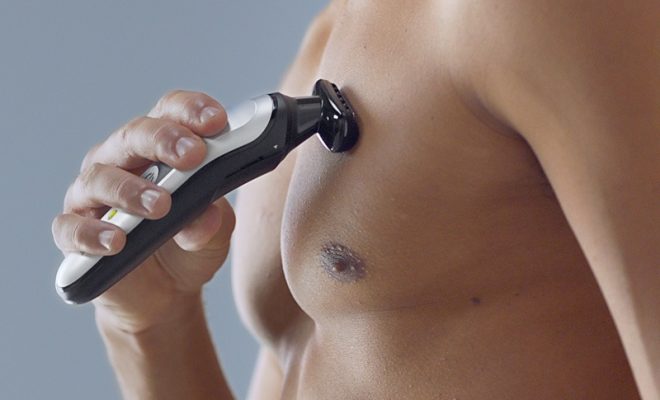12 Ways to Cheat on a Test Using Electronics

In the modern age of technology, cheating on tests has evolved beyond the classic tactics of writing answers on a piece of paper or peeking at your neighbor’s answers. In this article, we will explore 12 ways students have used electronics to gain an unfair advantage during exams. Please note that this article is for informational purposes only and does not endorse or encourage cheating.
1. Smartphones: With smartphones being widely popular, students can look up answers on the internet or access pre-prepared notes saved on their mobile devices.
2. Smartwatches: These wrist-bound devices can display text and images, allowing students to discreetly access information during exams. Some even have built-in web browsers for added convenience.
3. Bluetooth earpieces: Small wireless earbuds can be paired with smartphones and used for verbal communication, enabling students to receive answers from accomplices outside the exam room.
4. Calculator tricks: Programmable calculators can store text and formulas, which can be accessed during math or science exams.
5. Electronic pens: Some high-tech pens come equipped with built-in cameras that can capture an image of test questions to be shared with others or solved later.
6. Camera glasses: Students wearing camera-equipped glasses can snap photos of their exams and send them to someone else for help or store the images for later use.
7. Hidden microphones: Small recording devices, like lapel mics or smartphone apps, can be used to record lectures or exam reviews and played back secretly during exams.
8. E-book readers: Students might utilize e-book readers by loading digital versions of textbooks or notes and discreetly referring to them during exams.
9. Wireless keyboards: Compact wireless keyboards can connect to mobile devices, providing a discreet way to type out exam questions and send them off for external help.
10. Augmented reality (AR) glasses: While still emerging technology, AR glasses have been reportedly used by some students to project notes or other relevant information onto a clear screen only visible to them.
11. Hackable test-taking software: Some students have exploited vulnerabilities in online test-taking software, allowing them access to test questions or solutions ahead of time.
12. Drones as remote helpers: While a more far-fetched approach, students have attempted to use drones for cheating by attaching cameras or other devices to the flying machines and hovering them outside classroom windows.
In conclusion, cheating on tests with the help of electronics presents a constant challenge for educators and institutions. It is important for guardians, teachers, and administrators to remain vigilant and educate students about the consequences of cheating, while also implementing measures to prevent these unethical practices.

